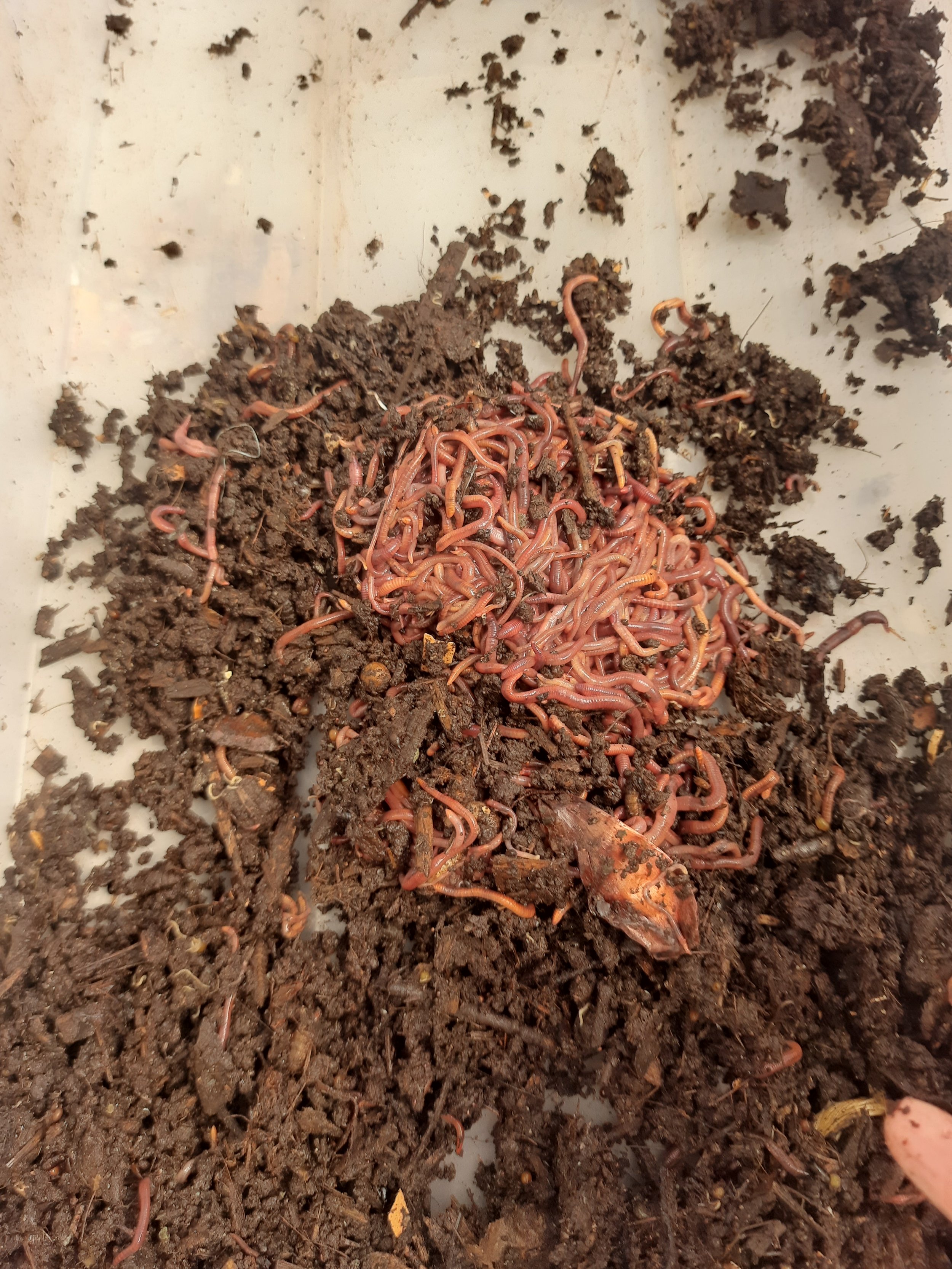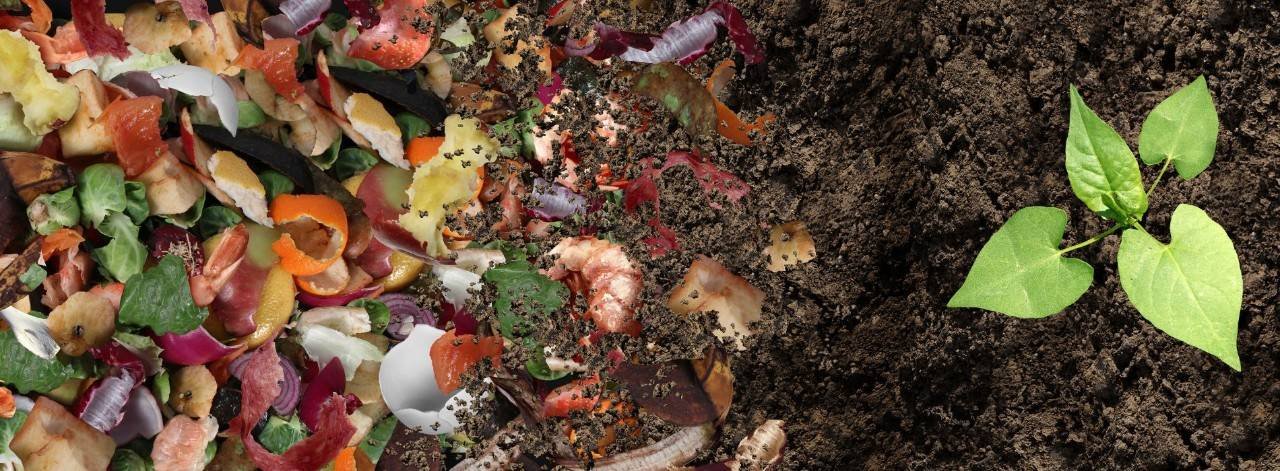
Worms
Premium composting worms for your home and garden, grown locally in Whakatū Nelson
How it works
Your premium pack of worms includes at least 250g of Eisenia Fetida worms, and also contains smaller juvenile worms, cocoons (which contain around 15 eggs each), as well as bacteria, fungi, protozoa and nematodes, which are all necessary to kick start your thriving worm farm. The total package will weigh roughly 800g so that the worms can be happy in their parcel for up to one week. Each batch of worms will be sent with instructions on how to get started.
By having your worm farm, you will be able to recycle the nutrients of your kitchen waste, and turn it into beautiful vermicastings to fertilize your garden.
Order your worms today and collect from Waimarama Community Gardens (no charge), or add home delivery (for a surcharge).
Premium Composting Worms!
Worms are harvested freshly upon order.
Full price $40
Discount price for Nelson or Tasman residents $20*
(*This is thanks to the Waste to Wonderful Subsidy which entitles locals to $20 off per year towards the cost of worms or other composting equipment)

Get your worms today!
Subsidy available!
If you live in the Tasman/Nelson area, you can apply for a Waste to Wonderful subsidy for 250g Composting Worms Tiger Worms (Eisenia Fetida).
We’ll take the hassle out of filling out the subsidy form and do it for you! Simply complete the order form by clicking the “BUY NOW” button above.
You can download and view the voucher for this subsidy below.
What to do:
- 1) Place your worm farm in the shade so the worms don’t get too hot.
- 2) Start with 10cm of moist bedding material such as shredded newspaper, soaked egg cartons, dry leaves or small wood chips, (you can mix in with some soil from your garden too).
- 3) Add the contents of this premium bag of worms.
- 4) Add a thin layer of food scraps such as vegetables and fruit. Avoid processed or cooked food such as bread or leftovers, citrus peel and onions. If the layer is too thick, it may turn aneorobic (smelly and slimey, in which case break it up and aerate it).
- 5) Feed when 80% of the food has been eaten.
- 6) After feeding, add more bedding material. Aim for around 60% food scraps, 40% bedding material. This covers the food to reduce flies and helps make it dark for the worms. Depending on your worm farm, you may also want to put tiles, or carpet down on top of the worms to keep the area cool and dark.


